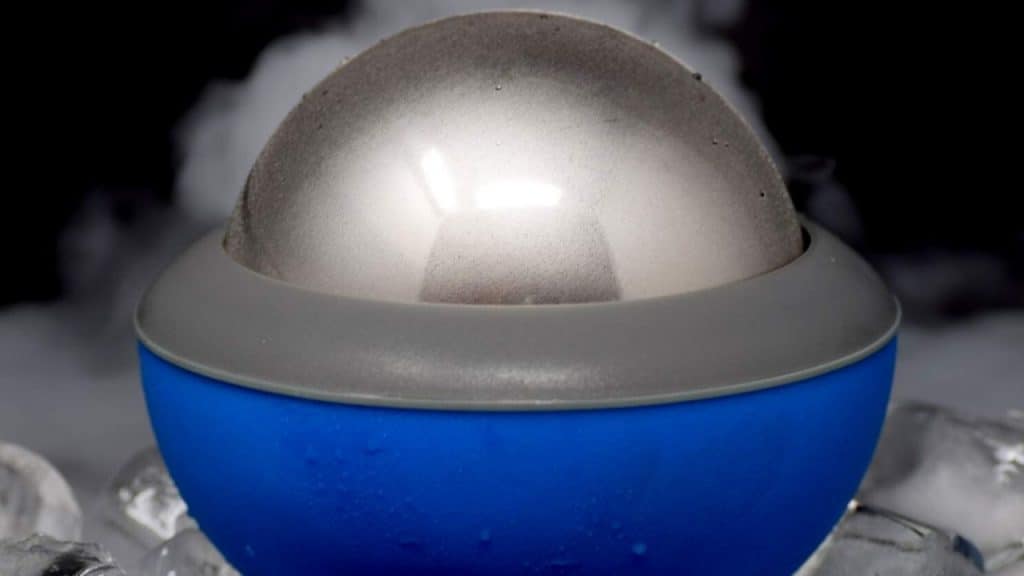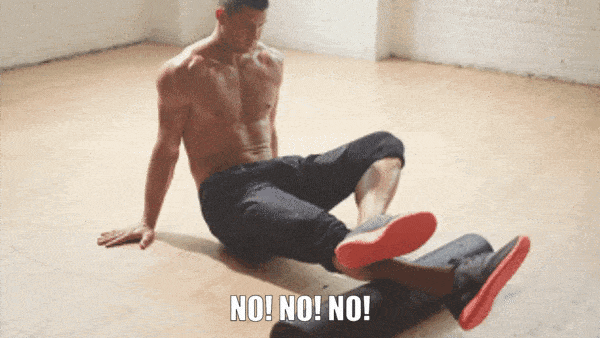When it comes to physical performance, there are several ways that your activities can impact the quality and speed of your recovery. The exhaustion and soreness that follows an intense workout session is necessary, but it doesn’t have to be as grueling as you think. Passive and active recovery are the two recovery types. To get the most out of your workout, you should integrate both. In this guide, we will address the question “what is passive recovery,” and we’ll talk about its techniques and benefits.
What Is Passive Recovery?
Passive recovery is a recovery type that entails resting for a considerable period after strenuous exercise or physical activity. It means putting your feet up and saying no to anything that’d put further strain on your muscles and joints. During passive recovery, your body is allowed total, undisturbed rest to repair muscle damage.
Passive recovery includes getting enough sleep, eating well, and using physiotherapeutic techniques like massages, foam rolling, sauna sessions, hot and cold showers, and relaxation exercises.
Passive recuperation is a must for athletes who are sick, wounded or simply need a physical and mental break. Top athletes excel at learning to rest since it lets them get the most out of their high-intensity training days.
Passive Recovery Techniques
The passive recovery periods emphasize quiet and inactivity. Follow these techniques to get the most out of your recovery routine:
Floatation Tank
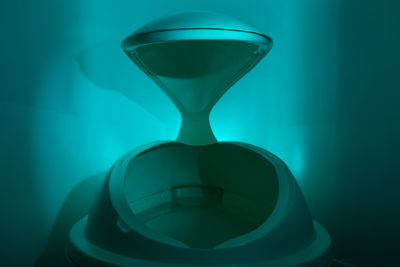
Floatation tanks are an excellent method to relax and regain muscular power. These “tanks” are black capsules filled with warm water that allows you to recover by floating.
Each pod is housed in its room, loaded with dressing and showering facilities, and you enjoy the entire experience in complete privacy. These timed sessions give you an opportunity to rest your muscles in a warm and relaxing environment.
Massage Guns
Muscle tightness and discomfort are almost a certainty after a hard workout, and a post-workout massage can help you recover. Overworked muscles create lactic acid, which causes swelling and soreness.
Massage guns increase blood flow to these muscles, decrease muscle lactate levels, boost mood, reduce anxiety and heal sore muscles. A lot of athletes turn to a massage gun after a workout; some even use it during a break in the game.
Prioritize Sleep
Sleep is one of the simplest passive recovery methods. Make sure you get enough sleep after a workout; your muscles will recover and energize. Eight hours of sleep per day is the standard and should be adhered to as much as possible.
While we’ve talked about how much sleep you get, the kind of sleep you get is equally important. Maintain a uniform sleep routine: go to sleep and wake up at the same time, day in and day out. This will help set your biological cycle straight.
You’ll also want to keep electronics away from your bedside table and avoid heavy meals for at least two hours before bedtime.
Hydration
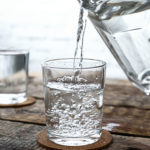
Hydration’s contribution to your overall physical performance and recovery cannot be overstated. Water consumption is vital for health, energy levels, performance and passive recovery.
You should be aware of your hydration status, especially on training days. Other parameters such as exercise level, sweat rate and ambient temperature will determine your specific water demands. Start with 0.04 liters per kg of body weight and modify it as required.
Migun Massage
Migun Massage is another excellent way to practice passive recovery. This uses heating components to relieve muscular tension, such as an infrared sauna. You’ll have to lie down on a specially built bed that is fitted to your body’s form.
There are heat screens within this bed that warm up your entire body depending on the intensity of your contact with the bed. The bed also has acupuncture, moxibustion, and acupressure qualities. All this put together makes for recovery and calming experience.
Benefits of Passive Recovery Process
Athletes, whether pros or newbies, need rest days. Rest has physiological and psychological advantages, including but not limited to:
Boosts Muscle Recovery
Exercise depletes your body’s energy stores, or muscle glycogen, and leads to muscular tissue breakdown. Your condition will worsen if you don’t take enough rest; continued neglect of replenishment might result in muscular tightness and suffering.
Giving your muscles enough time to recuperate helps your body “correct” both of these problems by restoring energy stores, balancing blood flow, and rebuilding damaged tissues.
Supports Good Sleep

Physical exertion increases cortisol and adrenaline, two energy-boosting chemicals. But consistent activity generates too much of these hormones. You’ll have a hard time sleeping well, which will worsen your exhaustion.
Regular exercise helps you sleep better, but rest days have their own sleep benefits. They restore your normal hormone levels, which is key to good sleep.
Relaxes the Body and Mind
A healthy life is all about finding the right balance. A day off offers your mind and body a respite from an otherwise hectic schedule. You’ll be more organized and have more time for your family, work, and extracurriculars.
Avoids Muscle Weariness
Avoiding exercise-induced weariness requires rest. As mentioned earlier, exercise depletes your muscles’ glycogen stores. The amount of glycogen in your muscles is inversely related to muscle weariness and pain.
Did you know that your muscles require glucose to operate even when you’re not exercising? Avoid weariness by allowing your glycogen stores to refill, and rest is the only way to do this.
Intense Workout
Overtraining syndrome is caused by a lack of rest and recovery days. It’s estimated that approximately 60 percent of top athletes and 30 percent of non-elite endurance athletes are affected by this illness.
Moreover, it’s tough to get rid of it once you have it. Overtraining has a slew of negative consequences: increased body fat, dehydration risk, heart rate, impaired libido, and mood issues. Passive recovery helps you overcome all this.
Reduces Injury Risk
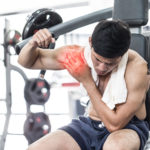
Rest is crucial if you want to be safe when exercising. An overworked body is more likely to lose shape, weight, or injure a muscle or body part in extreme cases.
Bottom Line
In a nutshell, not taking enough pauses will cause a decrease in your athletic performance. Passive recovery is a balanced approach to achieving better physical and athletic performance.
All individuals and athletes, be they beginners or experts, require passive recovery since it’s vital for muscle healing, fatigue prevention, and enhanced performance.
You can also do light exercises like yoga and strolling to get the most out of your rest days. These activities will keep you engaged while allowing your body to recover.
FAQs
What is active recovery?
Active recovery entails staying physically active when recovering from high-intensity exercise by performing light, non-strenuous motions. Walking between rounds and cycling gently after a weights session are two good examples of active recovery.
Which one is better: active or passive recovery?
Active recovery. You’re still moving but at a reduced intensity. This appears to be the better of the two recovery methods.
Use passive recovery if you’re completely exhausted, your sleep patterns are irregular, or your heartbeat is higher than average. On the other hand, opt for active recovery if you’re only a little sore but can’t go all-in on your exercise regime.

